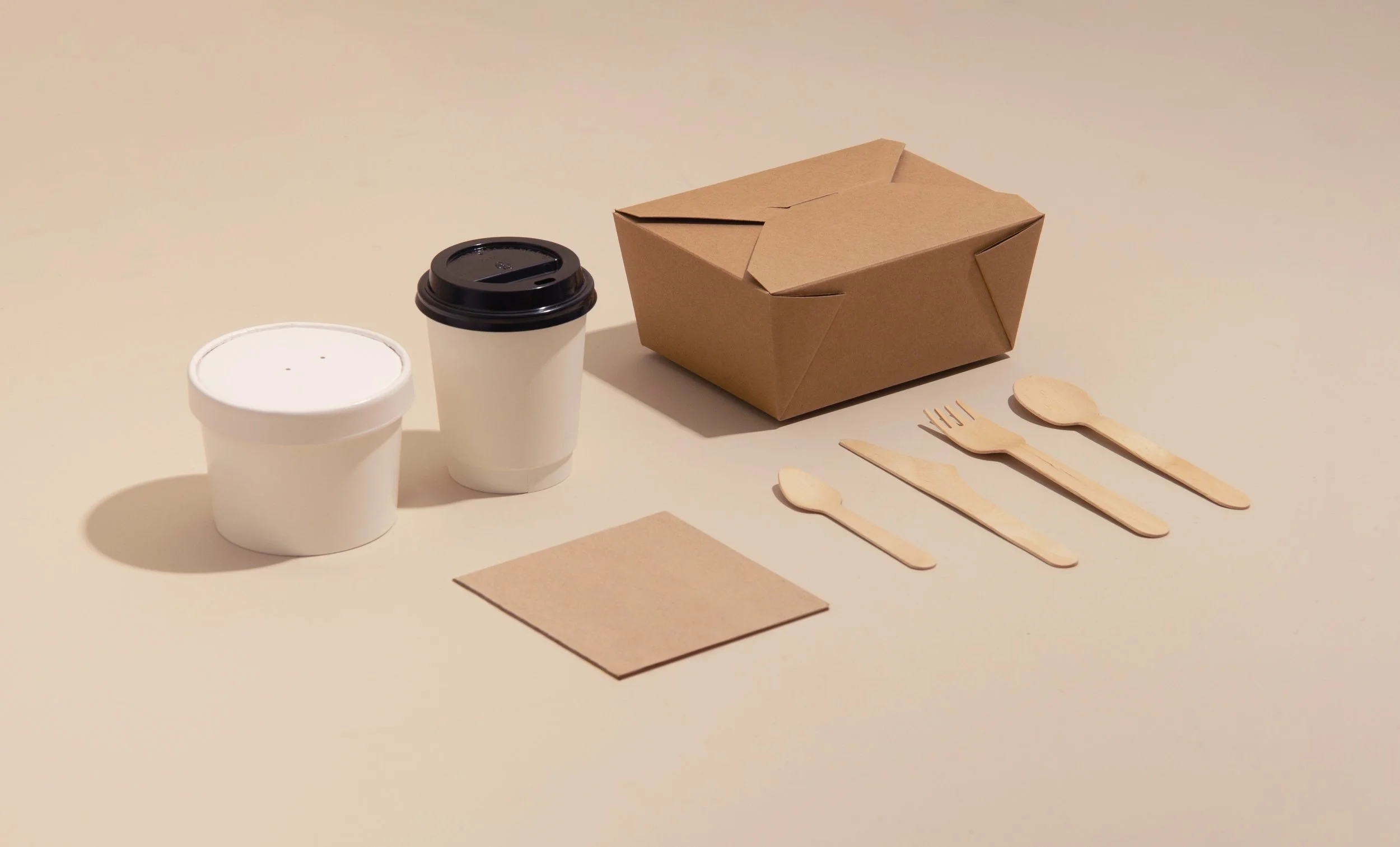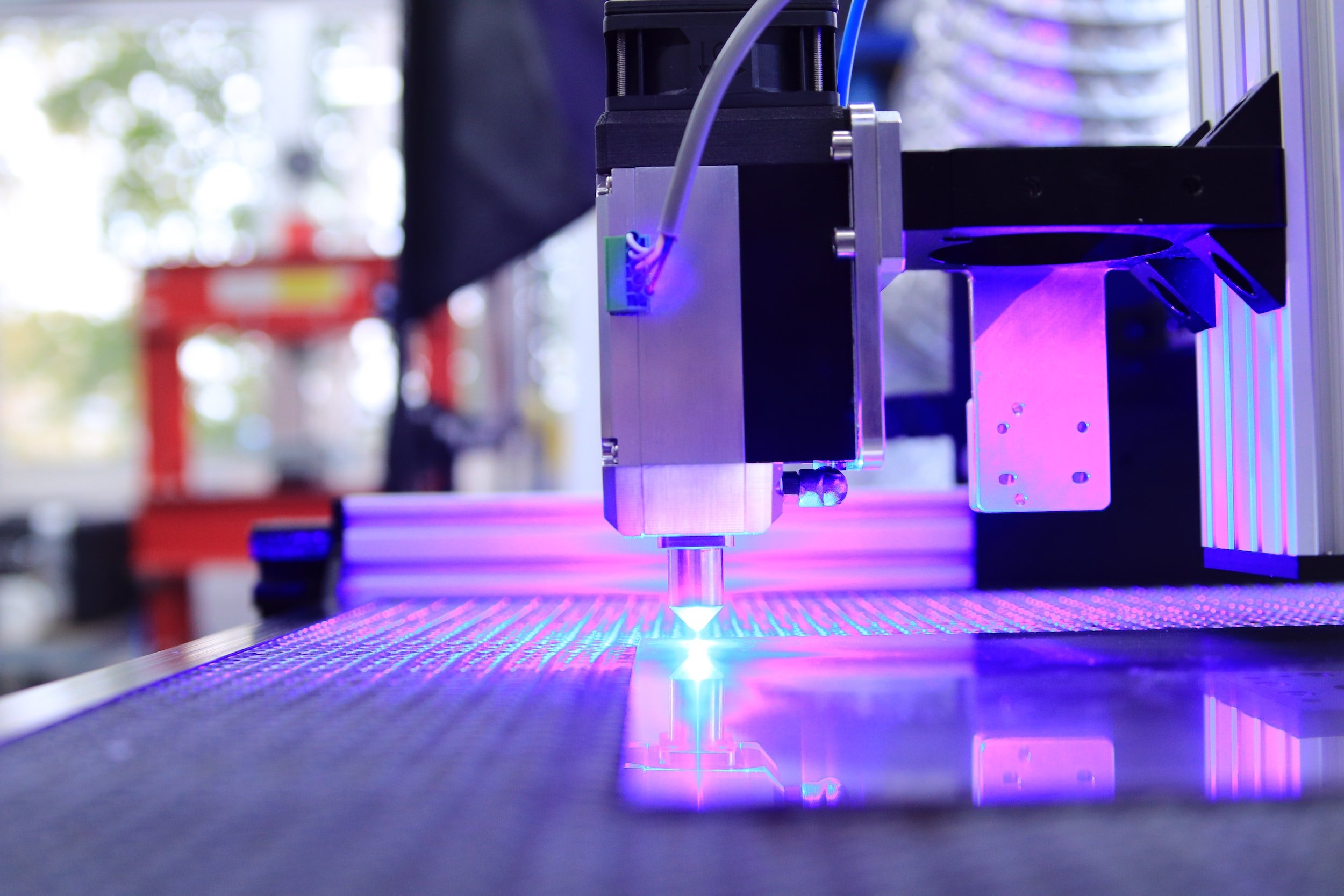Problem Card #3:
Future Materials
For many years our society has been using steel and other strong metals to make aeroplanes, trucks and bridges. These metals are strong but heavy – innovation in materials means that items that were once very heavy could become much lighter, but still maintain their strength.
By innovating materials, we also start to think about other uses for materials found in nature– could there be unexpected uses for what already exists in the environment?
New materials mean new uses – this could improve safety, reduce product waste or mean humanity could make something entirely new!
This Problem Card introduces the industry issue so that students can devise their own STEM-related solutions.
Explore the Problem Card below, and find teaching resources, including Curriculum Activities, customisable Unit Plans and Marking Rubrics at the bottom of the page.
The innovators of future materials focus on improving weight and performance and developing new materials and structures that are cheaper to make, as well as being better for the environment. This includes creating materials that are easier to recycle and those that can be used to harness new energy sources.
Scientists called biofabricators are now working with doctors to make new materials to solve medical problems.
They are designing and building new human body parts using computers and 3D printing. Who knows what our future replacement organs could be made from?!
A solution to the problem of middle ear disease which is being explored, could be healing the eardrum with silk (a strong, thin fibre made from silkworms larvae).
Innovate
Read about some real-world industry problems in the materials sector to gain some context.
When you’re done reading, move onto the CREATE section for an introduction of Problems that students can solve.
You can also download a printable, PDF version of the problem card.
Human-Made Magic
Often combining materials in different ways can create a different result.
A by-product of petrol is coal tar, which can be used to create strong and light materials known as carbon fibres.
Carbon fibres combine carbon with other chemical atoms under a lot of heat and pressure to make a super strong, flexible, lightweight, and stretchy fibre.
In aerospace, automotive, oil and gas industries, carbon fibres are replacing traditional materials such as steel and aluminium. These new fibres have helped to make huge improvements in sports equipment such as bikes and golf clubs.
Carbon fibres can also be used to improve safety and create clothing. In the past leather (a natural material created from cow skin) was the only clothing material strong enough to provide a safe option for motorcyclists to protect themselves in the case of accidents. Leather is ultra-strong, but also heavier and hotter than most clothing materials.
Carbon fibres have now an even safer clothing option...Kevlar. This incredibly strong manufactured plastic fibre can be woven into fabric to create comfortable clothing strong enough to protect in an accident, and even to stop a bullet!
Create
This section will introduce an industry problem related to Future Materials that students can choose to address with STEM-related solutions.
New Materials:
How can we innovate the use of new material?
Imagine if you had a set of clothes that could always keep you dry – what sort of material would do that?
How do different jobs require different properties of workwear? How could clothing designers use this for their designs?
Or would you like your iPad cover to be made out of something natural and not plastic? What would it need to do?
What type of inspiration can be taken from nature?
Anything is possible if you have the right material!
Think about:
Many natural materials have useful properties. For example a duck’s oily feathers are water resistant to keep the duck warm and dry while on water.
How could something like this be used to innovate and design for human use?
Additional Resources
-

Problem Card
Download a printable, PDF version of this Problem Card.
-

Future Materials Curriculum Activity
Explore relevant Curriculum Activities
-

Student Worksheet
Download an editable student activity worksheet.
-

Rubric
Download an editable marking rubric
-

Unit Plan
Download an editable suggested Unit Plan


